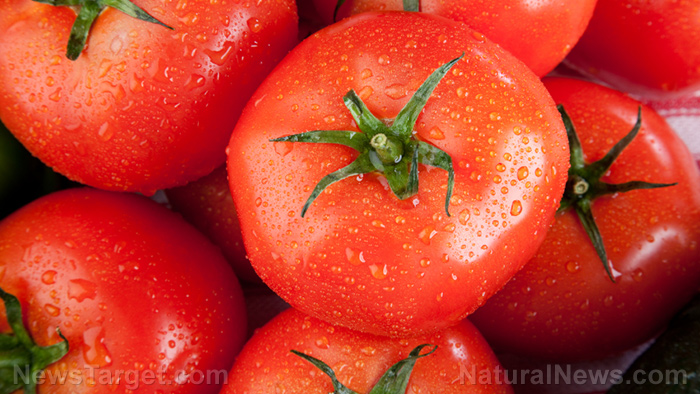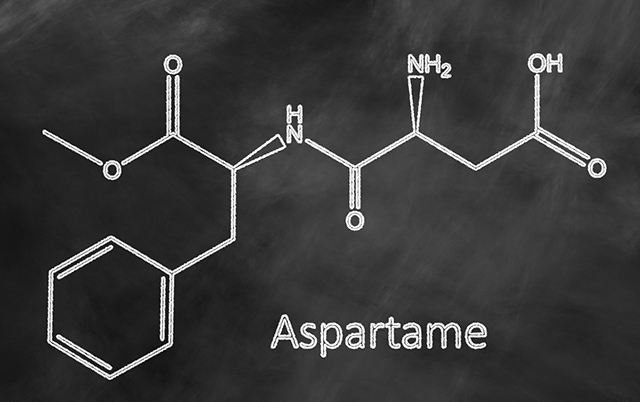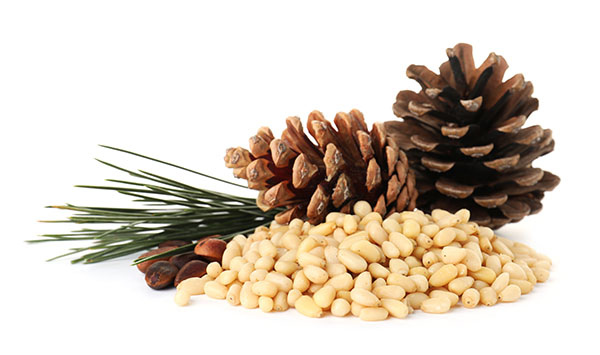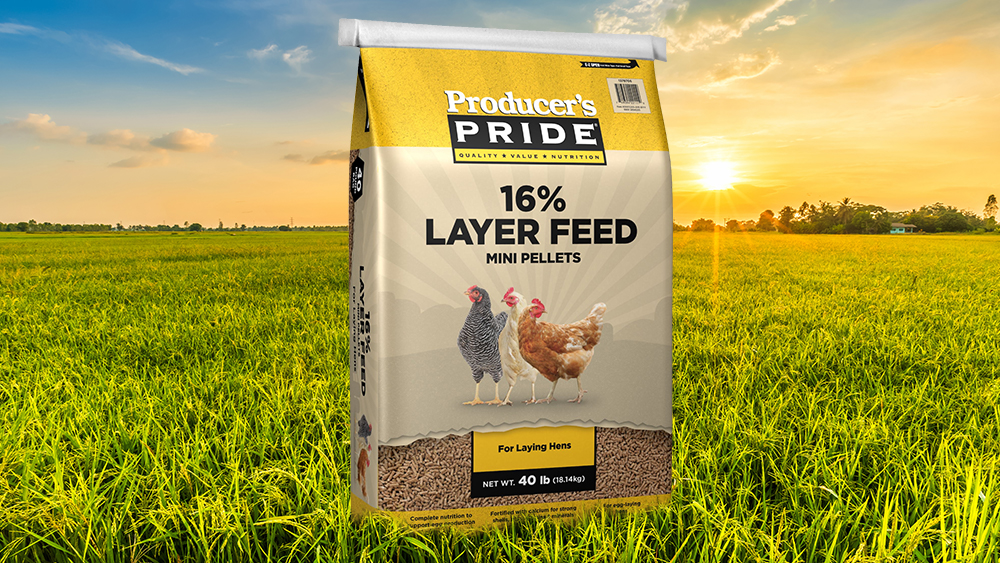
The tomato (Lycopersicon esculentum) is a popular vegetable, and as of 2014, more than 170 million tons of tomatoes have been produced. The World Processing Tomato Council estimated that about 40 million tones of tomatoes were processed around the globe to produce food products such as canned tomatoes, tomato juice, and ketchup.
Fresh and processed tomatoes are both rich in nutrients, and they contain carotenoids, folates, phenolic compounds, and vitamins. Lycopene, the most abundant carotenoid in the vegetable, accounts for at least 80 to 90 percent of its total carotenoid content. Tomatoes also contain other carotenoids like alpha-, beta, gamma-, and delta-carotene along with lutein, phytoene, and phytofluene.
Lycopene offers various potential health benefits, and it is the most efficient free radical scavenger. Lycopene can even be twice as effective as beta-carotene. (Related: Tomatoes are your best bet to prevent stomach cancer.)
Finding potential uses for nutrient-packed byproducts
The industrial processing of tomatoes results in large quantities of wastes that are made up of fibrous parts, peels, pulp residues, and seeds which account for up to 7.5 percent of raw materials. The management of this waste is a worldwide problem, and the study aims to determine viable ways of recycling to address them and reduce processing costs. While these wastes have no commercial value, they are full of nutrients and biologically active compounds. In fact, the skins of tomatoes are richer sources of lycopene and polyphenolic compounds than the pulp.
Earlier research has looked into the possible nutritive value of tomato byproducts along with the effect of incorporating it into animal feed mixtures. Earlier studies have determined that tomato seeds from tomato cannery waste can be supplemented into chick rations at up to 15 percent without any adverse side effects on growth performance.
The researchers set out to confirm the content of different nutrients and bioactive compounds (e.g., amino and fatty acids, carotenoids, and polyphenols) in tomato processing waste. They are hopeful that they can develop new methods so the byproduct could be recycled as animal feed.
Testing showed that the samples of dried tomato waste contained 42.1 g/kg (gram/kilogram) ash, 524.4 g/kg crude fiber, 21.9 g/kg fat, and 176.2 g/kg protein.
Meanwhile, the essential amino acid content of the dried tomato waste included 34.2 percent of total protein, the bulk of which was leucine, followed by lysine and isoleucine. The unsaturated fatty acid content of the tomato waste was made up of 77.04 percent of total fatty acids, most of which was linoleic acid.
The study findings confirmed that tomato wastes, such as skins and seeds, were rich in nutrients like essential amino acids, fatty acids, and minerals. This implies that the waste can be used as animal feed. But because the tomato waste had high levels of crude fiber, which has poor digestibility and low metabolizable energy contribution, its use is limited to poultry feed.
Further study of tomato wastes, which contain lycopene and beta-carotene, can pave the way for the development of products that could also help curb waste production among these industries and minimize problems concerning waste disposal.
Fast facts on tomatoes
The tomato is the berry of a plant from the nightshade family that is endemic to South America.
- Tomatoes are 95 percent water and five percent carbohydrates and fiber.
- Even if it is technically a fruit, the tomato is often considered a vegetable.
- Tomatoes are the main dietary source of lycopene. The antioxidant is associated with various health benefits such as the decreased risk of cancer and heart disease.
- Tomatoes are full of folate, potassium, and vitamin C and K.
- While tomatoes often turn red when they mature, they are also available in other colors such as green, orange, purple, and yellow.
- A medium-sized tomato weighing 123 g only has about 22 calories.
You can read more articles about other ways to recycle food wastes at Science.news.
Sources include:
Please contact us for more information.























